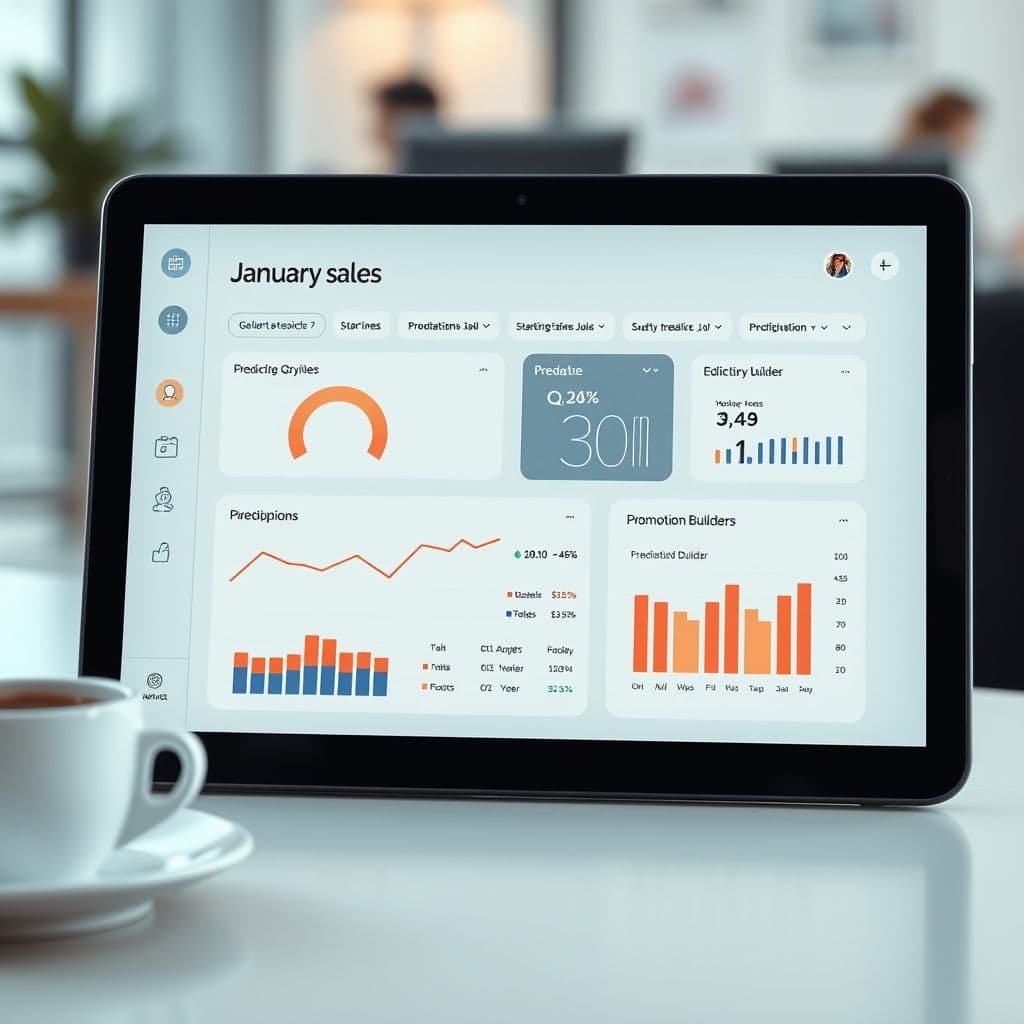Why January Sales Plummet for Small Businesses (And a SaaS Idea to Fix It)

January hits small businesses like a financial ice age. While corporations weather the storm with deep pockets, independent entrepreneurs face empty online carts and silent stores. This post explores why post-holiday sales plummet and presents a hypothetical SaaS solution designed specifically for small business survival during these brutal months.
The January Small Business Crisis: Why Sales Disappear
The data doesn't lie - January consistently ranks as the worst sales month for small businesses across industries. Consumer wallets close tight after holiday splurges, with 78% of households prioritizing debt repayment over new purchases according to financial studies. For boutique owners and indie brands, this creates a perfect storm: inventory purchased for holiday demand sits unsold, operational costs remain fixed, and marketing budgets yield diminishing returns.
Compounding the problem, small businesses lack the analytical tools that help larger retailers anticipate and navigate seasonal dips. Where corporations use predictive algorithms to adjust inventory and marketing, most entrepreneurs rely on gut instinct and generic social media posts - a mismatch that leaves them particularly vulnerable during January's spending drought.

SaaS Solution Concept: The January Survival Toolkit
Imagine a specialized SaaS platform that transforms how small businesses approach tough sales months. This hypothetical solution would combine three powerful components: 1) AI-driven customer engagement predictors that identify which past buyers might respond to tailored offers, 2) Dynamic promotion builders that automatically adjust discounts based on inventory age and profit margins, and 3) Cash flow projection tools that help owners visualize different January survival strategies before committing resources.
Unlike generic marketing tools, this system would focus specifically on bridging the post-holiday gap. It could analyze a business's unique sales patterns from previous years, compare them to industry benchmarks, and recommend optimal timing for clearance sales versus holding firm on pricing. The platform might even facilitate micro-collaborations between non-competing small businesses to create bundled offers that provide customers with more value during their budget-conscious January mindset.

Potential Impact and Implementation
Early adopters of such a system could potentially reduce January revenue drops by 30-50% based on comparable retail tech implementations. The key differentiator would be its small business-first design - affordable subscription tiers, no long-term contracts, and interfaces simple enough for solopreneurs to use without training. Integration with common ecommerce platforms and POS systems would allow the tool to work seamlessly within existing operations.
The most innovative aspect might be its community intelligence features. By aggregating anonymized data from participating businesses, the platform could provide real-time benchmarks ('Businesses like yours are seeing 22% conversion rates on email offers this week') and alert users to emerging January spending trends in their specific geographic or product categories.
Conclusion
January doesn't have to spell disaster for small businesses. With the right specialized tools, entrepreneurs could transform this challenging month from a survival test into a strategic opportunity. While this SaaS concept remains hypothetical, its potential to democratize retail analytics could help level the playing field for independent businesses facing seasonal sales slumps.
Frequently Asked Questions
- How would this SaaS differ from existing marketing platforms?
- Unlike general marketing tools, this hypothetical solution would specialize in seasonal sales patterns, with features specifically designed for post-holiday recovery. It would combine predictive analytics, cash flow planning, and small business community benchmarks in one integrated platform.
- What would prevent large retailers from using this tool against small businesses?
- The system would be designed specifically for small business economics and challenges. Enterprise retailers already have sophisticated seasonal adjustment systems, while this tool would focus on affordability, simplicity, and the unique inventory/cash flow pressures facing independents.
- How could businesses afford new software during their worst sales month?
- The hypothetical pricing model would include annual subscriptions paid during stronger months, with special onboarding in Q4 to prepare for January. Free trials during critical periods could demonstrate value when businesses need it most.


